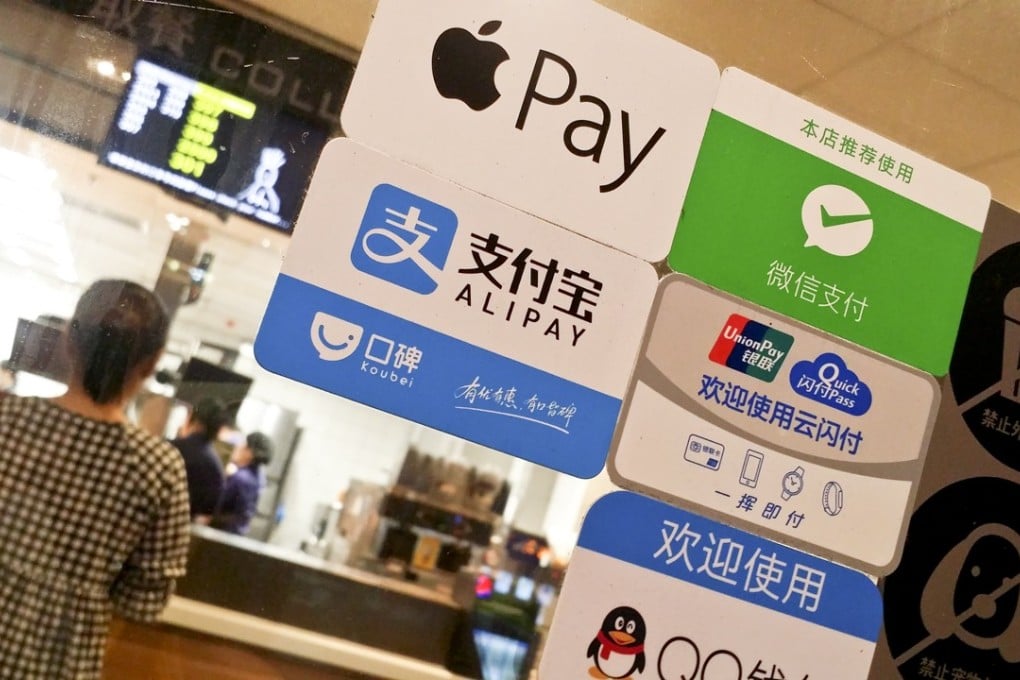Across The Border | Big banks on notice that they’re losing ground to China’s fintech giants

The giants of the banking world are starting to publicly acknowledge the dominance of mobile payment methods devised by Chinese technology firms – and, more broadly, a failure to keep up with fintech rivals in certain areas.
Speaking before a crowd of hundreds at the Rise Conference in Hong Kong last month, Jing Ulrich, vice chairman Asia Pacific at JPMorgan Chase, heaped praise on the two Chinese online payment juggernauts, Alibaba Group’s Alipay and Tencent’s Tenpay.
“JPMorgan every year, as we speak, processes through our QuickPay 94 million payments,” she said. “But Tencent, the Chinese company, over Chinese New Year, in five days processed 46 billion payments. Basically that means 800 million payments per hour.”
“Visa has a maximum capacity of processing 25,000 payments per second. But Alipay can process 50,000 payments, twice as much, per second,” Ulrich said.
According to Visa, the company is in fact capable of processing more than 65,000 transactions per second.
The rise of online payments through non-bank services, exemplified by Alipay and WeChat Pay – which falls under the Tenpay umbrella – in China, has caused another banking giant, Goldman Sachs, to stand up and take notice too.
